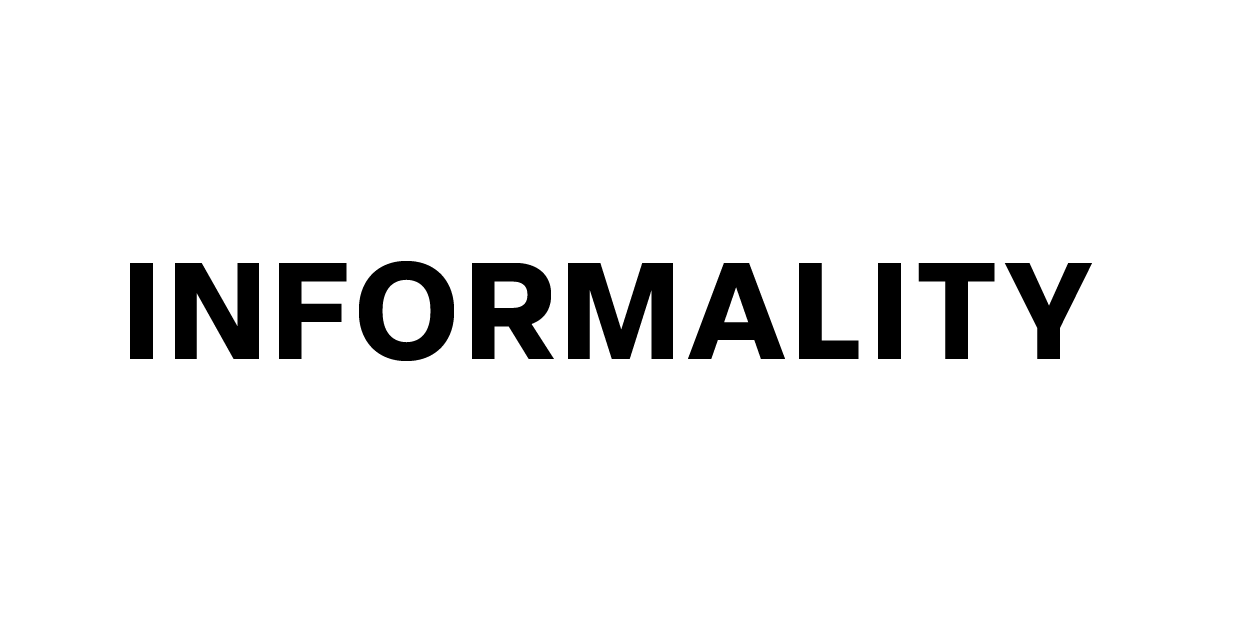New Abstractions
Peter Matthews, Joe Warrior Walker, Anthony White, Andrew Gaves, Mark Jackson, Joseph Goody, Maxwell Wade, James Drinkwater
Gallery 6, Cromwell Place, London
12 - 17 March 2024
The artists taking part in New Abstractions are indebted to the Post-War abstraction of the 40s-60s from Britain and America. It is commonly accepted that this new painterly language was a means of making sense of a significantly altered world after the upheavals of world war. For some it was a way to manifest liberation, for others a way to reflect a new existentialism. It feels almost trite to say that today’s world has transformed beyond what was imaginable in that era, accelerated and online, with fresh atrocities, anxieties but also a new global interconnectedness. As such we see a new impulse to paint with this established language, bringing it afresh to the contemporary moment. For some artists in this exhibition there are expressions of optimism and joy, and for others an existential tone is present. Whichever way an artist reflects, it is perhaps German artist, Gerhard Richter’s observation that ‘art is the highest form of hope’ that resounds truest of all.
Peter Matthews, who develops his work along the coasts of the Atlantic and Pacific oceans, shuns the studio in favour of working en plein air. He observes that ‘life in general feels like it is becoming increasingly more abstract.’ And that, ‘perhaps this is due to our world shrinking in its scale but expanding in its complexities.’ Matthews physically disengages from our hyper-connected, high-octane world, and contemplates it from a distance. In recent works this has involved sewing fragments of paintings together which were made in the natural landscapes of different countries, in a bid to reflect or ‘communicate back to the world’. For Matthews, painting ‘is more like making a place than making an image.’
With a similarly enquiring approach to the world around us, but with an urban sensibility, Anthony White creates abstract but dissenting works, sometimes employing the detritus of the city such as torn advertising posters from the Paris metro, with painterly interventions. He looks to the 1950’s American writer Harold Rosenberg, who saw Action painting not as a picture but as an event. White reflects that, ‘this methodology, far from placing the aesthetic elements of the picture plane above the everyday, actually compresses the two, creating a useful and powerful cultural artefact.’ White hopes his ‘artefacts’ can mirror society, but also call out injustices in our times.
Joe Warrior-Walker’s paintings energetically jostle with overlapping forms and textures. He bridges the material world with that of the subconscious and the imagination — ‘Like recalling a dream that stitches together disparate locations, characters, and moments in time,’ his works ‘can be read as abstractions. However, they incorporate an attention to the structure of landscape.’ For Warrior-Walker, ‘abstraction allows a fluctuation between ambiguity and tangibility, referencing the real world while never directly depicting any one place.’
Max Wade has identified his paintings, also drawn from life, as seemingly joyous, but also having an unease to them. There’s a theatre of colour and form, with jarring elements that create a certain dramatic tension. Abstracted from visual experience and yet far removed into a visceral expressive gesture, Wade says of his approach that ‘although they appear as abstract paintings, I know exactly where all the formal elements come from.’ Like Warrior-Walker, there is a kind of extrapolation from reality, where known forms are re-presented as painterly unknowns.
James Drinkwater describes his works as ‘inaccurate memories’ and has made comparisons to his works and inspirations as a series of ‘theatres’, ‘filled with drama and intimacy and chaos’. If Peter Matthews’ context is often the shoreline, Drinkwater is planted on land, his paintings being rooted in autobiography, the day-to-day hard graft of studio practice, and introspective voyages.
Mark Jackson’s work is neither abstract nor representational, but nevertheless he sees the potential in abstraction as ‘a haven where we don’t have to be telling stories or be too contained by language, where we can be more free, maybe more idealistic and dreamy.’ Like other painters in this exhibition, there is a certain quest for freedom, albeit here in a more aesthetic or stylistic capacity. However, along with this pursuit, there’s a sense of foreboding in the works shown — an anxious pitch in a flaming colour palette, aggressive erasures and uncompromising masking are at play.
Richter’s quote on hope resonates most deeply with the work of Andrew Graves, who thinks of his forms as ‘roomy, open, plucky and playful.’ He speaks of his method as, ‘a hopeful and a somewhat practical way of working and moving forward that invokes moments of change and revolution at this time.’ With a deft touch, Graves’s work explores ‘the anatomy of painting’, depicting the alchemy of paint and unpredictability of making through abstraction.
Joseph Goody’s canvases derive a similar tension from determining the ‘spontaneous and meditated actions in painting’, wherein ‘the viewer is left to consider which are the contrived and which are the coincidental marks… encouraging us to meditate on the underlying complexities that brought them into being.’ Inspired by ‘literature, castle walls, parapets and ideas of organisation’, his canvases enact the shifting speeds of thinking through painting and form.
New Abstractions considers, that in a rapidly changing and increasingly virtual culture, abstract art resonates on themes of complexity, ambiguity, and fragmentation, whilst manifesting a true materiality here in the real world. These paintings are rooted in experience but do not depict scenes, landscapes, or objects, or have discernible subject matter. By stripping away representational elements, these artists create space for viewers to project their own interpretations and experiences, fostering a deeply personal connection. The works here thus provide a platform for introspection and exploration of abstract concepts and forms, allowing us to think through complex ideas and feelings that may be difficult to express in more representational art.





